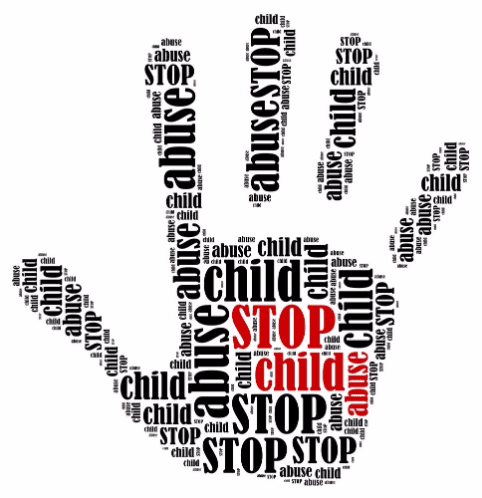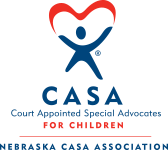
Some of these indicators, although often associated with abuse, are not specific to abuse and neglect and can occur with other kinds of child trauma or stress. In any case, they indicate that a child may need help and support.
The following information from National CASA/GAL Association for Children’s new volunteer curriculum assists in identifying potential signs of abuse or neglect. Child abuse can be seen as part of a continuum of behaviors. At the low end of the continuum are behaviors you might consider poor parenting or disrespectful behavior; at the high end are behaviors that lead directly or indirectly to the death of a child.
Recognizing physical abuse or the intentional harming a child may include use of excessive force or reckless endangerment. Indicators include unexplained bruises or welts and scars. Other signs are injuries in various stages of healing, bite marks, unexplained burns, fractures, injuries not fitting explanation, or internal damage or head injury.
Sexual abuse is engaging a child in any activity for an adult’s own sexual gratification. Indicators seen in a child may include age-inappropriate sexual knowledge, sexual acting out, or child disclosure of abuse. Other signs are excessive masturbation, physical injury to the child’s genital area, torn, stained or bloody underclothing. The child may show signs of depression, distress, trauma, or extreme fear. Another indicator is a pregnancy or sexually transmitted disease at an early age.
Emotional abuse is the systematic diminishment of a child. It is designed to reduce a child’s self-concept to the point where the child feels unworthy of respect, friendship, love and protection, the natural birthrights of all children. One sign of emotional abuse in a child is habit disorders like thumb sucking, biting, rocking, soiling or wetting clothes or bedding. Emotional abuse may also cause conduct disorders or emotional withdrawal and/or antisocial behavior. Other signs are behavior extremes, overly adaptive behavior, lags in emotional or intellectual development, low self-esteem, depression, and suicide attempts.
Neglect of a child is the failure of a caregiver to provide necessary food, care, clothing, shelter, or medical attention. It can also be a failure to act when such failure interferes with a child’s health and safety. The physical signs can include, but are not limited to, malnourishment, missed immunizations. lack of dental care, lack of supervision, consistent dirtiness, and being constantly tired. The material signs are insufficient or improper clothing, filthy living conditions, inadequate shelter, insufficient food, or poor nutrition.
Poverty is often mistaken for neglect. Poverty and child neglect are highly correlated and often impact families simultaneously.








